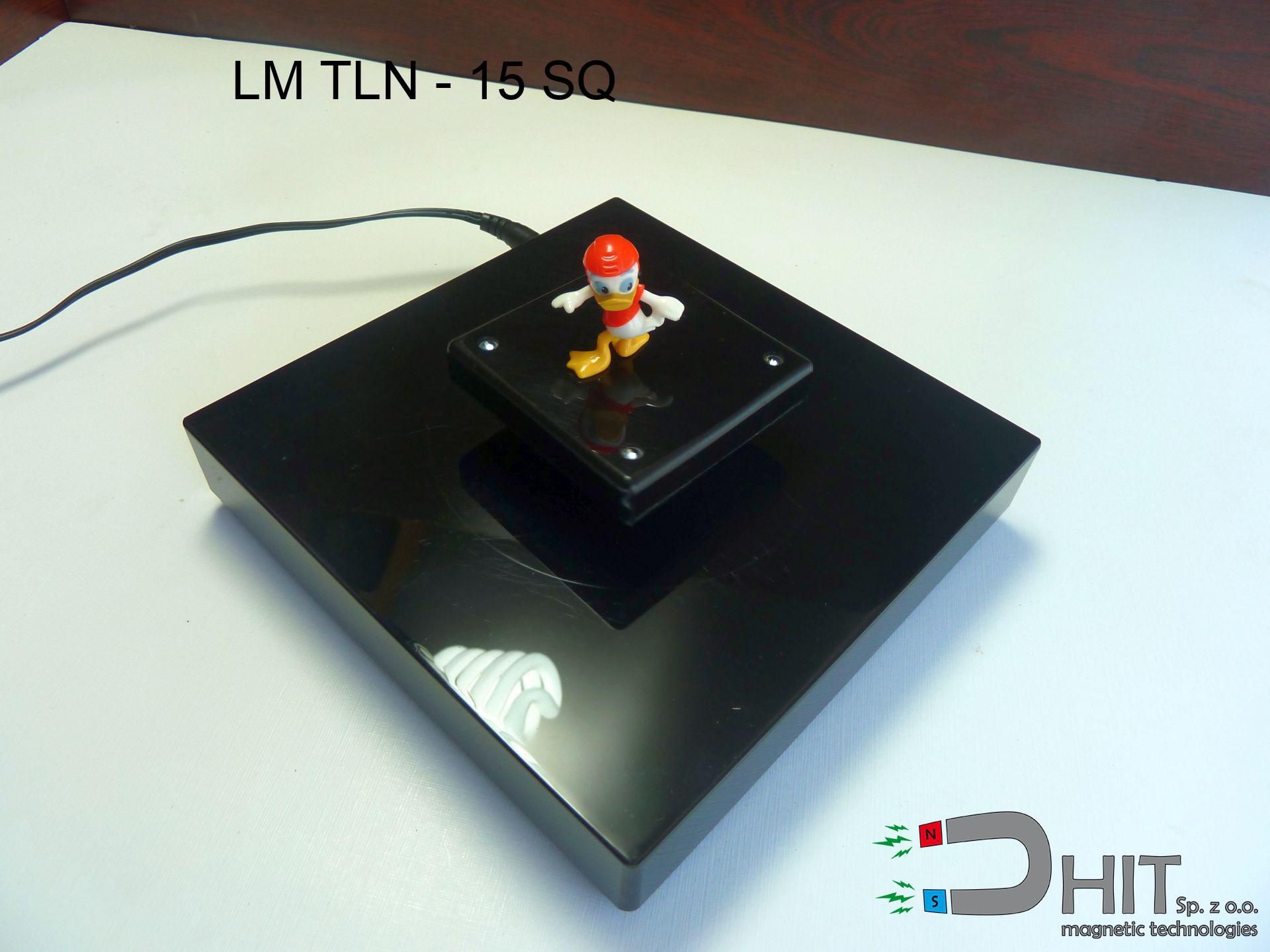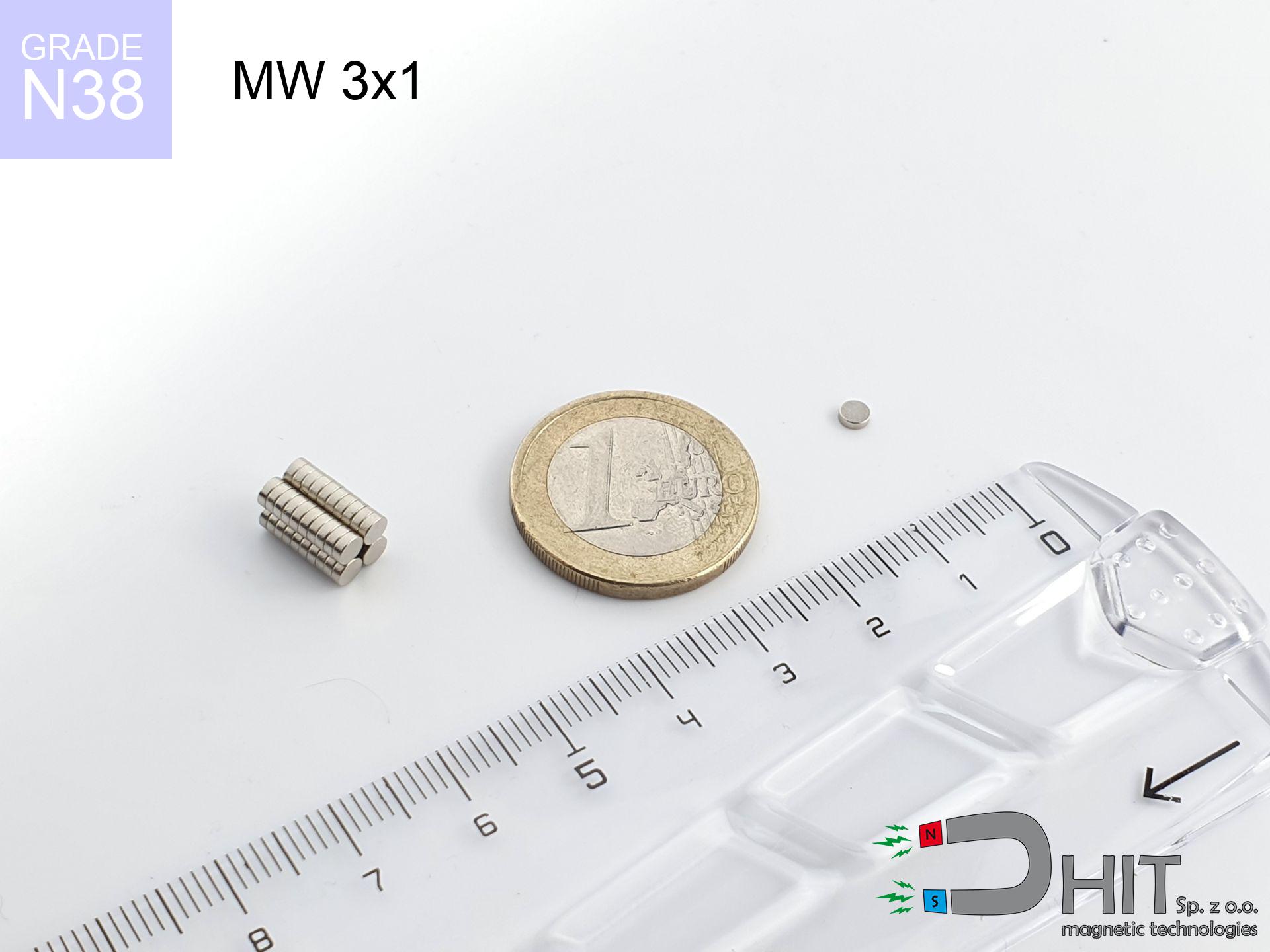SM 32x275 [2xM8] / N42 - magnetic roller
magnetic separator
catalog number 130376
GTIN: 5906301813248
diameter Ø
32
mm [±0,1 mm]
height
275
mm [±0,1 mm]
max. temperature
≤ 80
°C
catalog number 130376
GTIN: 5906301813248
diameter Ø
32 mm [±0,1 mm]
height
275 mm [±0,1 mm]
max. temperature
≤ 80 °C
824.10 ZŁ gross price (including VAT) / pcs +
670.00 ZŁ net price + 23% VAT / pcs
bulk discounts:
need more quantity?Want to bargain?
Give us a call tel: +48 888 99 98 98 or contact us through contact form on our website. You can check the lifting capacity and the appearance of magnet in our magnetic mass calculator magnetic mass calculator
Orders placed by 2:00 PM will be shipped on the same business day.
Specification: magnetic separator 32x275 [2xM8] / N42
Magnetic properties of the material N42
Physical properties of sintered neodymium magnets Nd2Fe14B
Choose recommended products
Advantages as well as disadvantages of neodymium magnets NdFeB.
In addition to immense power, neodymium magnets have the following advantages:
- They do not lose their power (of the magnet). After about 10 years, their power decreases by only ~1% (theoretically),
- They are exceptionally resistant to demagnetization caused by an external magnetic field,
- Thanks to the shiny finish and nickel, gold, or silver coating, they have an aesthetic appearance,
- They have exceptionally high magnetic induction on the surface of the magnet,
- Thanks to their high temperature resistance, they can operate (depending on the form) even at temperatures up to 230°C and above...
- The ability for precise shaping and customization to specific needs – neodymium magnets can be produced in many variants of shapes or sizes, which enhances their versatility in applications.
- Significant importance in modern technologies – are used in computer drives, electric motors, medical apparatus or various technologically advanced devices.
Disadvantages of neodymium magnets:
- They can break when subjected to a powerful impact. If the magnets are exposed to impacts, we recommend using magnets in a steel housing. The steel housing in the form of a holder protects the magnet from impacts, and at the same time increases its overall strength,
- They lose power at high temperatures. Most neodymium magnets experience permanent loss of strength when heated above 80°C (depending on the form and height). However, we also offer special magnets with high temperature resistance, up to 230°C,
- Due to their susceptibility to corrosion in a humid environment, we recommend using waterproof magnets made of rubber, plastic, or other moisture-resistant materials when using them outdoors,
- Limited ability to create threads or complex shapes in the magnet - the use of a housing is recommended - magnetic holder
- Health risk arising from small pieces of magnets are risky, if swallowed, which is particularly important in the context of child safety. It's also worth noting that small elements of these magnets can be problematic in medical diagnosis when they are in the body.
Caution with Neodymium Magnets
Neodymium magnets can become demagnetized at high temperatures.
In certain circumstances, Neodymium magnets can lose their magnetism when subjected to high temperatures.
Magnets made of neodymium are highly susceptible to damage, leading to their cracking.
Magnets made of neodymium are extremely delicate, and by joining them in an uncontrolled manner, they will crumble. Neodymium magnets are made of metal and coated with a shiny nickel surface, but they are not as hard as steel. At the moment of connection between the magnets, small metal fragments can be dispersed in different directions.
Magnets should not be treated as toys. Therefore, it is not recommended for youngest children to have access to them.
Neodymium magnets are not toys. Do not allow children to play with them. In the case of swallowing multiple magnets simultaneously, they can attract to each other through the intestinal walls. In the worst case scenario, this can lead to death.
Make sure not to bring neodymium magnets close to the TV, wallet, and computer HDD.
The strong magnetic field generated by neodymium magnets can destroy magnetic media such as floppy disks, video tapes, HDDs, credit cards, magnetic ID cards, cassette tapes, or other devices. They can also damage devices like video players, televisions, CRT computer monitors. Remember not to place neodymium magnets close to these electronic devices.
It is crucial not to allow the magnets to pinch together uncontrollably or place your fingers in their path as they attract to each other.
If have a finger between or on the path of attracting magnets, there may be a serious cut or even a fracture.
Comparing neodymium magnets to ferrite magnets (found in speakers), they are 10 times stronger, and their power can shock you.
Read the information on our website on how to properly utilize neodymium magnets and avoid significant harm to your body and unintentional disruption to the magnets.
People with pacemakers are advised to avoid neodymium magnets.
Neodymium magnets produce strong magnetic fields that can interfere with the operation of a heart pacemaker. However, if the magnetic field does not affect the device, it can damage its components or deactivate the device when it is in a magnetic field.
Dust and powder from neodymium magnets are flammable.
Do not attempt to drill into neodymium magnets. Mechanical processing is also not recommended. Once crushed into fine powder or dust, this material becomes highly flammable.
The magnet is coated with nickel - be careful if you have an allergy.
Studies clearly indicate a small percentage of people who suffer from metal allergies such as nickel. An allergic reaction often manifests as skin redness and rash. If you have a nickel allergy, try wearing gloves or avoid direct contact with nickel-plated neodymium magnets.
Never bring neodymium magnets close to a phone and GPS.
Magnetic fields can interfere with compasses and magnetometers used in aviation and maritime navigation, as well as internal compasses of smartphones and GPS devices. There are neodymium magnets in every smartphone, for example, in the microphone and speakers.
So that know how strong neodymium magnets are and why they are so dangerous, see the article - Dangerous powerful neodymium magnets.

![SM 32x275 [2xM8] / N42 - magnetic roller SM 32x275 [2xM8] / N42 - magnetic roller](https://cdn3.dhit.pl/graphics/products/sm-32x275-2xm8-hac.jpg)
![magnetic separator 25x300 [2xM8] / N42 magnetic separator 25x300 [2xM8] / N42](https://cdn3.dhit.pl/graphics/products/sm-25x300-2xm8-kud.jpg)


![search holder 75x25 [M10x3] GW F200 PLATINIUM / N52 search holder 75x25 [M10x3] GW F200 PLATINIUM / N52](https://cdn3.dhit.pl/graphics/products/ump-75x25-m10x3-gw-f200-platinium-tav.jpg)

